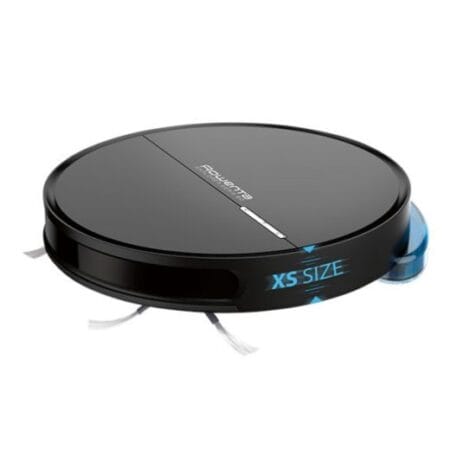Binance Review 2024: Is It Still the Best Crypto Exchange?
Cryptocurrency exchanges play a crucial role in digital asset trading, and Binance remains one of the most popular platforms worldwide. But is it still the best choice in 2024? In this in-depth Binance review, we’ll explore its features, fees, security, pros & cons, and whether it’s the right exchange for you.
What Is Binance?
Binance is the world’s largest cryptocurrency exchange by trading volume, founded in 2017 by Changpeng Zhao (CZ). It offers:
✔ 500+ cryptocurrencies (BTC, ETH, SOL, BNB, etc.)
✔ Low trading fees (0.1% spot trading fee)
✔ Advanced trading tools (Futures, Margin, Options)
✔ Binance Smart Chain (BSC) – A fast & cheap blockchain for DeFi
✔ Binance Earn – Staking, lending, and passive income options
Binance Key Features (2024 Update)
1. Low Trading Fees
- Spot Trading Fee: 0.1% (can be reduced further with BNB discounts)
- Futures Trading Fee: 0.02% (maker) / 0.04% (taker)
- Withdrawal Fees: Vary by coin (e.g., Bitcoin: 0.0002 BTC)
2. High Liquidity & Fast Transactions
- Handles billions in daily volume, ensuring smooth trades
- Supports instant buy/sell with credit cards & bank transfers
3. Binance Smart Chain (BSC)
- A low-cost alternative to Ethereum (fees under $0.10)
- Powers PancakeSwap, Venus, and other DeFi projects
4. Binance Earn – Passive Income
- Staking: Earn up to 30% APY on coins like ADA, DOT, SOL
- Lending: Get interest on idle crypto
- Launchpad: Early access to new crypto projects
5. Security & Trust
- Two-factor authentication (2FA)
- SAFU Fund (Secure Asset Fund for Users) to protect against hacks
- Regulatory compliance improving after past legal issues
Pros & Cons of Binance in 2024
✅ Pros
✔ Lowest fees among major exchanges
✔ Wide range of cryptocurrencies (500+)
✔ High liquidity & fast execution
✔ Passive income options (staking, lending)
✔ Strong security measures
❌ Cons
❌ Regulatory challenges (banned in some countries)
❌ Complex for beginners (too many features)
❌ Past controversies (SEC lawsuits, CZ’s legal issues)
Binance Alternatives (2024)
If Binance isn’t available in your country, consider:
- Coinbase (Best for beginners, but higher fees)
- Kraken (Strong security, good for professionals)
- Bybit (Best for derivatives trading)
- KuCoin (Great for altcoins)
Is Binance Safe & Legal in 2024?
- Yes, but regulatory scrutiny remains.
- Banned in the USA (must use Binance.US, a limited version)
- UK, Canada, and EU users can still access Binance with KYC.
Final Verdict: Should You Use Binance?
✔ Best for: Active traders, DeFi users, and those seeking low fees.
❌ Avoid if: You’re in a restricted country or prefer a simpler platform.
Despite regulatory hurdles, Binance remains a top crypto exchange in 2024 due to its low fees, vast coin selection, and advanced features.












